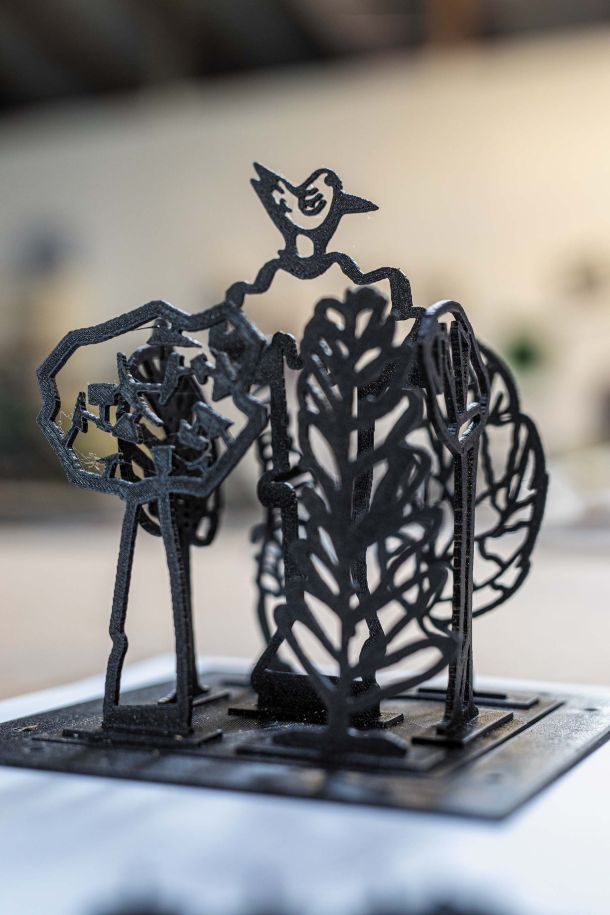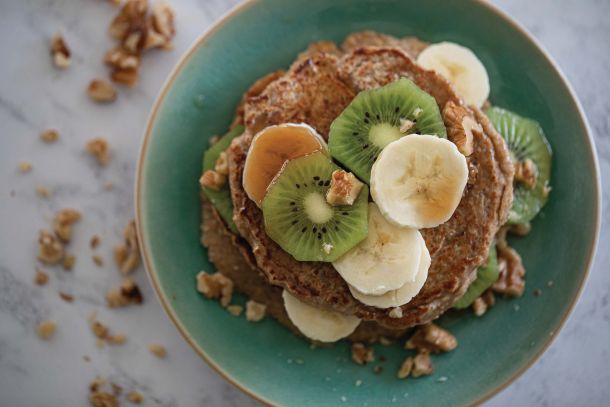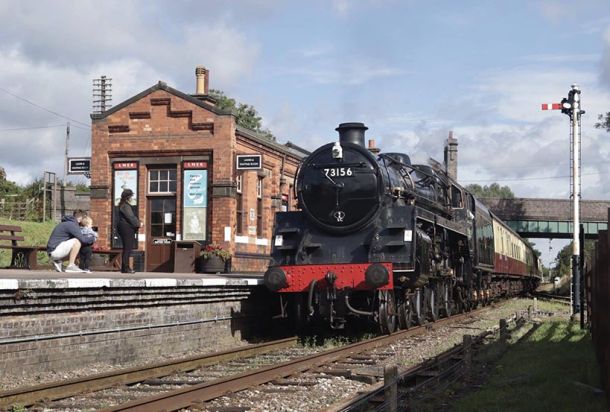Perfect Ponds
DIY Garden Pond
Water brings a garden alive and installing your own wildlife pond is a hugely rewarding experience both aesthetically and ecologically.
Once filled the pond is a magnet for wildlife and an idyllic spot for relaxing beside the water.
So with the soil moist and easy digging and aquatic plants bursting into life, now is the perfect time to to start work on your own wildlife pond.
You don’t need a big garden for a pond. In fact one of the loveliest ponds I’ve constructed is only 1m2. But smaller ponds can be tricky. They lose water with evaporation in summer and temperature spikes on hot days cause a change in pH which encourages algae. And if you reach for the hose pipe to top up your pond on hot day you are asking for even more trouble! UK mains water is dosed with high levels of phosphorous meaning the water is nutrient rich. It’s like giving your pond a steroid and the result is an unsightly algae bloom.
But if you stick to the golden rules you will have a balanced wildlife pond with clear, sparkling water, attractive plants flowering around the edges and a wealth of wildlife including pond skaters, whirlygigs, waterboatmen, diving beetles, dragonflies and damselflies, pollinators, bats, birds, newts, frogs, toads, hedgehogs, and even the odd grass snake lining up to visit your pond throughout the year. And with so many of these species in decline in the UK you will be doing something good for the planet too.
So here are my top tips for installing a successful wildlife pond.
Pond Position
Choose a sheltered spot with semi shade. Sun promotes algae growth and wind causes water loss by surface evaporation.
Avoid overhanging trees which drop unwanted leaves and debris into the water.
Pond Construction
Mark out your pond and excavate the deepest section at least 1m deep. The greater your water volume the more stable your pond will be.
Slope the sides gently up to a shallow marginal shelf around the pond edges keeping them 45 degrees or less for stability.
Smooth the sides, remove sharp stones and spread a 50mm sand layer which protects the liner.
Construct the pond edge- this can be a steel edge or flexible plastic fixed with wooden pegs, or simply bank the soil firmly to create a ring around the pond.
Line your pond with pond fleece then a good quality liner such as butyl or EPDM, pleating it around the sides. Don’t trim the liner until the pond is filled.
Next up I always install a 150mm layer of puddling clay over the liner as a planting substrate. Plant your aquatic plants into the clay, moulding it around the root ball which encases the soil and prevents nutrients leaching into the water.
Decorate the edges with boulders, cobbles and gravel creating shallow pockets for wildlife to access the water safely. Birds will bath here and hedgehogs like to visit for a drink.
Pond Filtration
While a filtration system is not necessary for a wildlife pond, drawing water from one end and returning it back via a foam filter and pump to the opposite end is beneficial. Consult a pond specialist for information on sizing pumps and filters.
Filling Your Pond
The reason why so many ponds fail is because they are filled and topped up with mains water. The best way to fill a small pond is using rain water collected from a roof. Plan ahead and store the water so you have enough to fill your pond. If you can’t collect enough roof water a great solution is a small, reverse osmosis filter. It can be easily plumbed into a garden shed or kitchen unit. This purifies mains water leaving it inert and nutrient free so once filled you need to rebalance the water with a product called Optilake, which is easily done.
Another option is to fill a small pond with mains water and use a proprietary treatment to bind the phosphorous. A pond specialist will help with this.
For larger ponds installing a small pressure vessel with a phosphorous binding medium through which your mains water is plumbed gives you a continual source of low nutrient water for filling and topping up your pond and is well worth the investment.
Planting Your Pond
As a guide aim to plant 50% of your pond with oxygenators. As they grow these deep aquatic plants absorb nutrients releasing oxygen onto the water and are vital for a successful wildlife pond. Choose a mix of native varieties such as Myriophyllum spicatum (spiked milfoil) Ceratophyllum dermensum (hornwort) Ranunculus aquatilis (water buttercup) and Potomagetum crispus. Purchase freshly harvested oxygenators during their growing season. Avoid lead wrapped bunches as lead is terribly poisonous to wildlife. Instead wrap the loose stems around pebbles, secure with a latex band and simply drop them into the pond where they sink to the bottom and root.
One of my deep aquatic favourites is fragrant Water hawthorn Aponogetum distachyos, it scatters pretty white flowers like confetti across the water’s surface in spring. But go easy on water lilies. They may look attractive, but apart from shading the water, lilies do little for a wildlife pond and even prohibit oxygentor growth. Select smaller varieties such as white Nymphaea alba Virginalis, pretty pink Nymphaea Darwin, or dwarf red Nymphaea Perry’s Red. Sink the lily basket into the clay at the deepest part of your pond, sealing the root ball well.
Around the shallow edges plant a selection of native marginals which flower and attract pollinators. Choose yellow flag Iris pseudoacorus fringed with blue water forget me nots, Myosotis scirpoides and our ancient wildflower marsh marigold, Caltha palustris. Mingle fragrant water mint Mentha aquatica with pretty pink ragged robin, Lychnis flos-cuculis. For late summer flowers plant purple loosestrife Lythrum salicaria -bumblebees love those elegant spires of purple flowers. Avoid reeds and rushes which will spread and choke a small pond.
Finally mulch the edges with gravel to prevent the clay drying out as water levels fluctuate in summer.
Pond Maintenance
Spring: top up your pond with fresh oxygenators.
Autumn: net out leaves, cut back and remove water lilies and marginals. This prevents leaves and foliage decaying in the water and leaching nutrients.
Summer: Keep the water topped up during dry spells.
Winter: Service pumps and clean out filters.
If you like the idea of a pond but are worried about the digging here are a couple of less arduous solutions:
Pond Tank
A raised pond is a great way to gain water volume and avoid digging!
First dig out the deep section of your pond then build up around the edges with railway sleepers to create a tank.
Line the pond with epdm or butyl liner and trap this with a top layer of sleepers.
Plant as for a wildlife pond but do give the frogs a way up to the water.
Frog Pond
Have you ever seen frog spawn in puddles in spring? Frogs actually prefer to lay their eggs in shallow water. An old sand pit makes the perfect frog pond sunk into a border where there is plenty of surrounding herbaceous foliage to shade young amphibians leaving the water.
Excavate a shallow area and sink your sand pit into the ground. Line with a butyl or epdm pond liner. Place around 100mm of gravel in the bottom of the pond and pile in rounded boulders and cobbles to create shallow planting pockets around the edges. These boulders allow wildlife safe access to the water.
Fill your frog pond with low nutrient water (rain barrel water is ideal) and plant it with native marginals around the edges and a few oxygenators in the deeper sections. Keep the pond topped up with rainwater during summer and watch the wildlife find it.
Don’t worry if the pond dries up in late summer- the frogs will have left the water by then.
You can start it up again in early spring.
Pond Safety
All water, even shallow water, poses an inherent danger to children. Consider fencing a pond or fixing a safety grill in place over the water through which the plants can grow and wildlife can access the water.
Pond Experts, Plants & Advice
Pond specialists:
Ellicar Pools, pond and natural pool specialists see:
www.ellicar.co.uk
Aquatic nursery:
Wayside Water Gardens, local aquatic nursery:
www.waysidewatergardens.co.uk
Pond pumps, filters, treatments and information:
Oase: www.oase-livingwater.com
Visit Ellicar Garden
Ellicar Gardens, Gringley on the Hill, opens Fridays from 7th May 11am-4pm.
Explore 5 acres of naturalistic, wildlife friendly gardens with a natural pool and wildlife pond. Teas, cakes and outdoor café. Plants and rare breed pets.
For visitor information, garden design and construction, natural pools and wildlife ponds see www.ellicar.co.uk
Wildlife Pond Golden Rules
- Avoid mains water for filling and topping up – use rainwater or treated water instead
- No fish – they upset the equilibrium
- No surface water – this is too nutrient rich, slope the ground away from your pond edge
- Avoid overhanging trees and remove any leaves from the pond in Autumn
- Position your pond in semi shade
- Plant 50% of the pond with native oxygenators
- Plant the shallow edges with native marginals
- Consider pond safety









